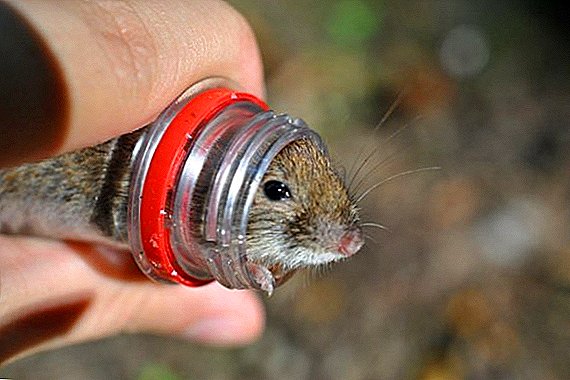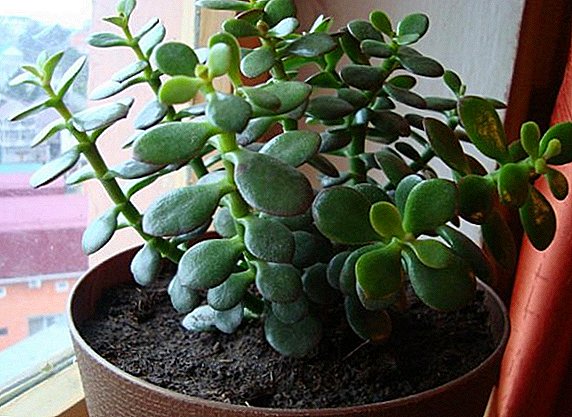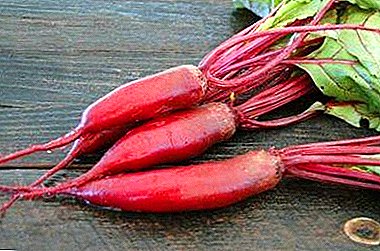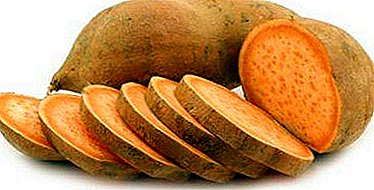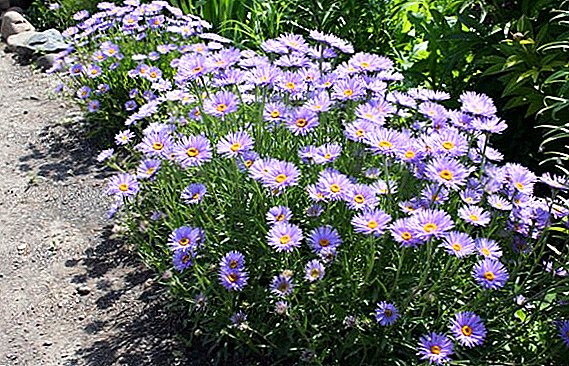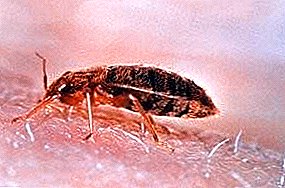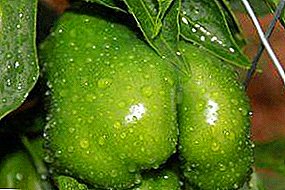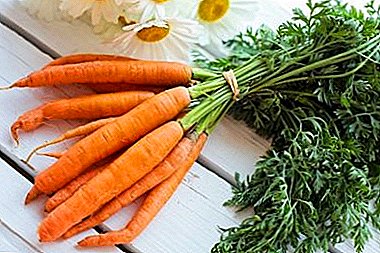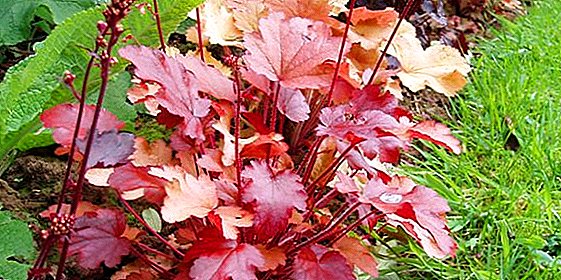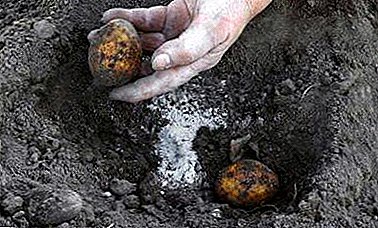
Growing a good potato harvest is impossible without proper care and timely feeding. From year to year, cultivating his summer cottage, the land is depleted and the gardener has to maintain yields, fertilizing.
Top dressings play a huge role in growing any crops. An individual complex is selected for each plant.
What fertilizers, and in what proportions need to be applied to the earth when growing potatoes, consider in detail in this article.
Organic top dressing
The introduction of organic dressings for growing potatoes was preferred by our ancestors. There are undeniable advantages in the use of organic matter:
- Excellent for all types of soil, and has a beneficial effect on microorganisms that enrich the soil with humus.
- Organic matter gives up nutrients gradually, so that soil oversaturation with nutrients is almost impossible.
- Potatoes receive a balanced diet, since the range of trace elements in organic dressings is very large.
- Organic is safe and useful for any crops.
- This species quickly heals the soil and then it is enough just to maintain its condition with small efforts.
- This type of dressing does not lead to excessive, uncontrolled plant growth.
- When using organic fertilizers, plants receive additional substances that strengthen the immune system of the culture, which helps to resist diseases.
Disadvantages:
- In the cold period, organic matter ceases to release nutrients to the soil.
- It only works if there are microorganisms in the soil that can break down organic matter into useful elements.
- There are some regions in which it is very difficult to get organic fertilizers and for this reason they are more expensive than mineral ones.
TOP-3
 The most popular organic supplements are:
The most popular organic supplements are:
- Manure - These are animal animal excreta. Use cow and horse manure, or chicken droppings. It contains potassium, nitrogen, phosphorus and calcium. This is one of the best fertilizers for potatoes.
- Compost - in its useful properties is not inferior to the first. It can be made independently from plant residues. If you add peat to the compost heap, then the beneficial properties of this feeding will increase significantly.
- Ash - contains such useful elements as phosphorus, calcium, potassium and other trace elements. In addition, this dressing can significantly reduce the acidity of the earth, and this is especially important for potatoes, since acidic soils are not suitable for it.
Organomineral (WMD): advantages and disadvantages
Currently, there are three types of organic fertilizer:
- humic;
- liquid;
- complex.
The advantages of such feedings:
- Thanks to these substances in the soil increases the supply of trace elements that are useful for plants.
- The yield of plants increases several times.
- Mineral supplements compensate for the deficiency of components present in organic.
- This type of fertilizer is produced by combining two types of dressings and is produced as tablets, granules, liquid and bulk solids.
Organic mineral fertilizers can be used on any soil and for various crops. The disadvantage of these dressings is only one - the complexes are expensive, and if potatoes are grown on an industrial scale, the cost of cultivating a crop can exceed the income.
Titles and descriptions
The name of this type of dressings can be any. The main thing is that the package is marked (WMD).
- Thus, WMD "Potato" is the most popular and common among gardeners who cultivate potatoes.
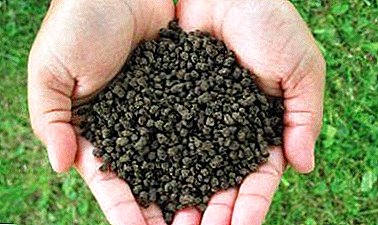 Polydon Bio Pro - organic, liquid, multicomponent fertilizer to stimulate plant growth, as it activates the soil. The composition included the following substances:
Polydon Bio Pro - organic, liquid, multicomponent fertilizer to stimulate plant growth, as it activates the soil. The composition included the following substances:- Fulvic and humic acids.
- Amino acids.
- Trace elements
- Polysaccharides
- Growth substances.
- Soljukat Plus is a special fertilizer with amino acids and fulvic acids. The active component of sufractan is 0.5%. Stimulates plant growth, enriching the soil with useful components.
Mineral
If we consider mineral fertilizers in detail, they are divided into:
- Potash.
- Nitrogen.
- Phosphoric.
Advantages of mineral dressings:
- balanced, but at the same time quite high concentration of useful components in the compositions;
- for entering into the soil a small amount of the mixture is needed;
- using these fertilizers can regulate plant growth and fruit formation;
- suitable for soils of any kind.
Disadvantages:
- high cost of complex formulations;
- a positive effect is achieved with constant use;
- overdose of fertilizers leads to the death of plants.
The most popular in this type of fertilizer are:
- Ammophos - in this fertilizer there is no chlorine and sodium, which is its advantage. Thanks to its balanced composition, it is well suited for growing potatoes.
- Diammophos - affects the growth rate, contributes to abundant flowering, fruiting, rapid ripening of fruits.
- Nitrophos - phosphorus, nitrogen and potassium, which are part of the fertilizer, can improve not only plant growth, but also the quality of the products.
Mineral supplements for growing potatoes are selected based on the type of soil and the plant's need for beneficial components.
We have written in a separate article about what fertilizers potatoes need and how to apply them correctly.
Top dressing for potatoes, when it is planted in the hole
 What mineral supplement is best for potatoes when planting in the hole? The main and most important element for good potato growth is nitrogen, which is contained in wood ash and manure. But nonetheless The best fertilizer when planting a crop will be organic complex fertilizer combined with mineral compounds.
What mineral supplement is best for potatoes when planting in the hole? The main and most important element for good potato growth is nitrogen, which is contained in wood ash and manure. But nonetheless The best fertilizer when planting a crop will be organic complex fertilizer combined with mineral compounds.
When planting, it should be understood that early ripe potato varieties require more nutrients than mid-season or late varieties.
The vegetation period in early varieties is short and during this time the crop does not have time to absorb all the nutrients from organic fertilizers. Mineral dressings act faster and provide the potatoes with the necessary micronutrients in full.
The complex may be:
- potassium sulfate - two kilos per hundred;
- ammonium nitrate - 1 kg;
- half a bucket of ash per hundred;
- nitrophoska - 5 kg.
These mixtures are applied directly to the well, without exceeding certain norms. Many gardeners prefer to use only organic fertilizers when planting potatoes, the application rate will be as follows:
- humus - 700 g per well;
- wood ash - one handful per well.
Do not exceed the dose of mineral fertilizers in the pursuit of a good harvest, oversaturation of the soil with these compounds kills plants.
For more information about potato fertilizer when planting in the hole, read here.
Leaving after the vegetable is planted
Young plants need loosening, hilling and feeding. Before the harvest ripens potatoes need to be enriched with micronutrients. The last time fed culture in mid-July.
The appearance of potato tops can tell what fertilizer you need to make at the moment. If the tops are pale green and thin, then you need to make 1 teaspoon of urea and 1.5 cups of humus per linear meter.
As soon as the potatoes begin to bloom, they spend the second feeding, and the best feeding after planting is a complex: a teaspoon of potassium sulfate and 3 tablespoons of ash per linear meter.
The last feeding is carried out at the stage of tuberization. Per meter of soil you need to make 2 tbsp. spoons of superphosphate. If the growth of bushes has stopped, then you can stimulate the plant spilling the soil with infusion of liquid mullein between the rows, trying not to touch the tops.
About how and when it is necessary to feed potatoes, written in this material.
Conclusion
Any garden crops need feedings, potatoes are no exception. To get a good harvest you need to properly approach the care of the crop, time to weed, spud and make the necessary fertilizer plants.


 Polydon Bio Pro - organic, liquid, multicomponent fertilizer to stimulate plant growth, as it activates the soil. The composition included the following substances:
Polydon Bio Pro - organic, liquid, multicomponent fertilizer to stimulate plant growth, as it activates the soil. The composition included the following substances: